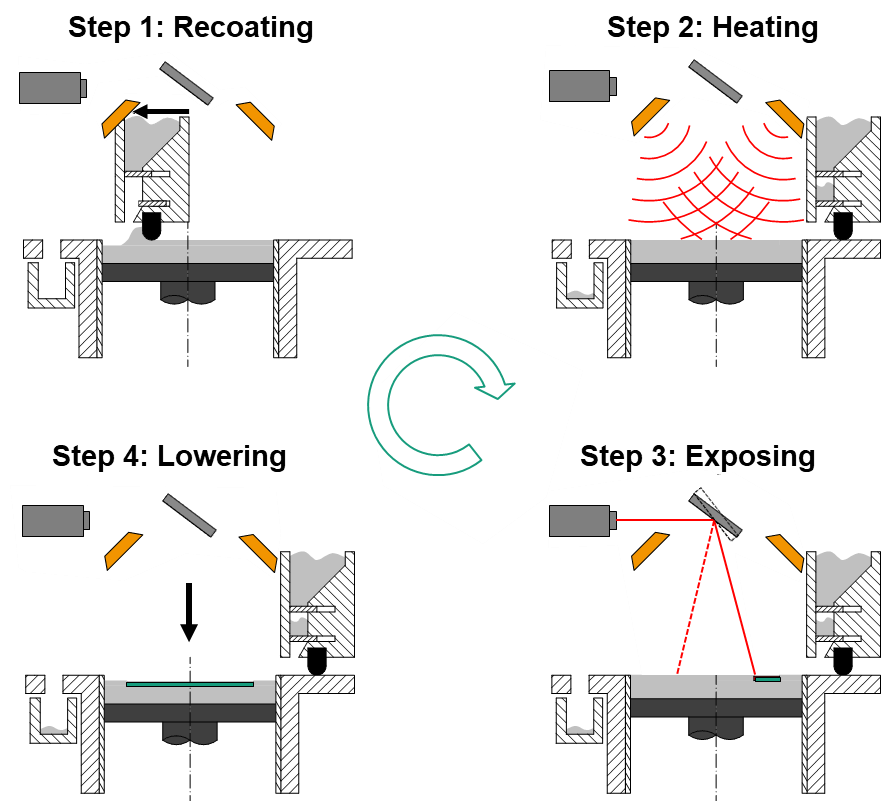Additive Manufacturing with polymers allows the manufacture of components in almost every facet you could wish for. Although polymers do not have the strength of metals, they are significantly lighter and cheaper. Materials from almost all polymer families, from thermoplastics and thermosets to thermoplastic elastomers, can already be additively processed.
With the MEx and SLS processes in particular, it is possible to implement near-series materials in prototypes and pre-series components that can be transferred to applications in large industrial series. While the MEx process is characterized by the widest range of materials, a robust process and very large installation spaces, the SLS process is characterized by isotropic material properties, no need for support structures and cost-effectiveness for higher quantities up to small series.
At the Fraunhofer IAPT, we adapt design and process parameters for new materials and develop new system components for thermoplastic AM processes.




